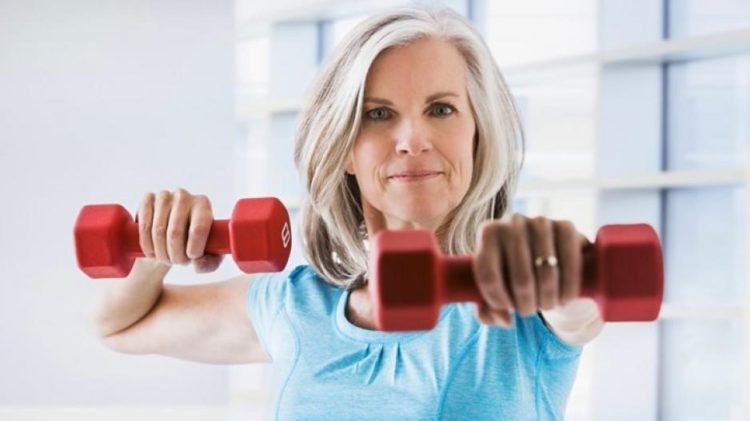A Beginner’s Guide to Fitness
A Beginner’s Guide to Fitness
Congratulations! You’ve decided that it’s time you begin an exercise program. This is an important step towards a healthier and leaner body. Exercise can help prevent depression as well as improve heart health. Additionally, it offers a preventative measure against some types of cancer as well as a number of other diseases. There are certainly many great reasons to celebrate your decision to start exercising on a regular basis.
This Beginner’s Guide to Fitness will help you get off to a great start.
An important place to start is to acknowledge that there will be times when you won’t meet your exercise goals. While you don’t need to go on a strict workout schedule, consistently getting exercise can help you reap health and weight loss benefits. Start where you’re at and know that even adding a little activity to your day can help. As you gain strength and stamina, you can increase your workouts.
Fitness doesn’t have to be jogging, weightlifting, or an aerobics class; start with activities that you enjoy, you’ll be more likely to stick with an activity that makes you happy. Consider walking, gardening, dancing, or taking up a new sport. Even a Saturday morning bicycle ride can help add to your overall exercise totals.
Beginner’s Guide to Fitness Definitions
There are some fitness terms that are quite common, understanding what these words mean is important when you’re developing your fitness routine.
Cardiovascular (cardio)/Aerobic Activity
These are exercises that will increase your heart rate. Some examples of activities that fall in this category include cycling, running, walking, dancing, and swimming.
Maximum Heart Rate
This rate is based on a person’s age. To estimate your MHR simply subtract your age from 220.
Resistance, Strength or Weight Training
Activities in this category are focused on improving strength as well as muscle function. There are specific exercises designed to strengthen each muscle group. Resistance bands, weight lifting, pushups, and exercises that use your body weight are in this category.
Stretching or Flexibility Training
Exercises in this category work to improve range of motion. This category is not the same as warming up; in fact, most experts recommend that you do your flexibility training after your muscles and joints have had an opportunity to warm up.
Warm Up
This is the time you use to prepare your body for the stress caused by upcoming exercise. Light intensity aerobic activity, such as slow walking can be a good warm up exercise. The idea is to simply increase blood flow which will help heat up joints and muscles. A light stretch following warm up can be beneficial.
Set
This term is usually used when discussing exercises in the strength training category. It refers to the number of times you repeat a particular number of an exercise. For instance, a set might include 10 repetitions of an exercise. Your workout might call for multiple sets. You perform the exercise the given number of times for the set, rest for a moment, then do another set.
Repetition (Rep)
A rep is the number of times an exercise is done during a set. A set might include 10 reps, and your workout might call for 3 sets. You’d do the exercise 10 times, rest and repeat two more times for sets 2 and 3.
Cooldown
When you’ve completed your workout, it’s important to not just stop. You should cooldown by reducing intensity of your exercise. You might lower the include or rate of speed if you’re walking on a treadmill. The idea is to bring your breathing back to it’s normal rate while giving muscles a chance to cooldown a bit. Stretching is also an important part of the cooldown.
Home Exercise Equipment
Since this is a Beginner’s Guide to Fitness, it’s important to keep in mind that it’s not always necessary to go to a gym. Whether you’re a beginner or an avid fitness guru, home exercise equipment can provide a wonderful way to get in a great workout without ever leaving the comfort and privacy of your home. From exercise balls, fitness DVDs and pull-up bars to resistance bands, adjustable aerobic steps, and dumbbells, for a very modest investment, you can have a very effective home gym.





